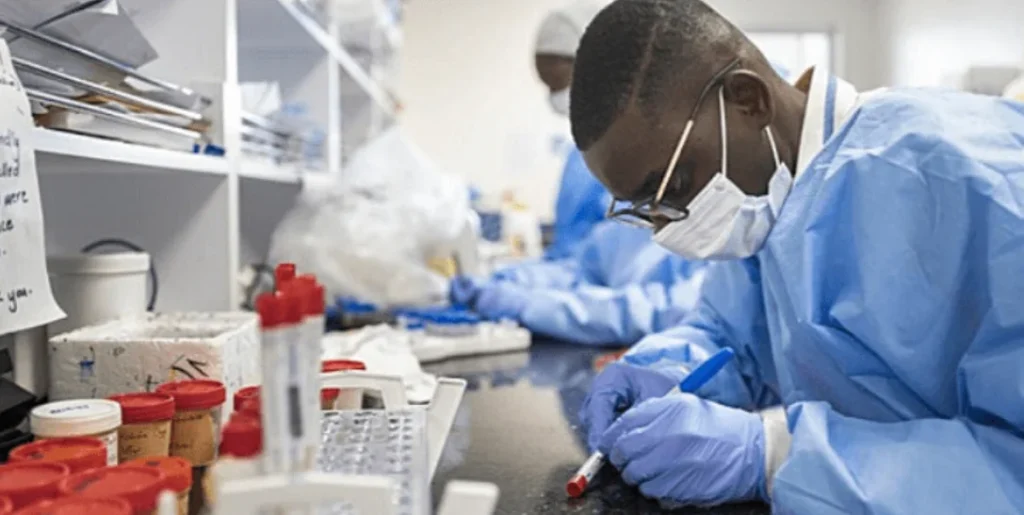Despite technical difficulties, Eastern African country, Uganda’s first satellite, PearlAfricaSat-1, has been successfully launched. And, with the successful deployment of this satellite came a slew of new ideas.
Typically, when a satellite is launched, it benefits the country by providing more accurate data on weather forecasts, for example, and for Uganda, this will also help with mineral mapping, agri-monitoring, border security, and, of course, conducting life-saving health-tech experiments.
Following the successful launch of the PearlAfricaSat-1 satellite, the Ugandan government plans to use the microgravity (weightlessness) provided by the satellite to perform some advanced 3D biological printing of human tissues in space and to conduct a research process on how microgravity impacts ovary function.
They also plan to conduct an investigative study on how the use of microgravity will help better understand catastrophic mudflows that can occur after wildfires.
What is 3D Bioprinting?
3D bioprinting works in a rather unique way. With the use of bioinks and 3d printers, living cells are generated in layers to create structures that mimic the behaviour and composition of actual tissues. Natural or artificial biomaterials that can be combined with living cells are utilised to make the biomaterial that constitutes the base for bioprinting.
As a practical application of the novel perspective notion of formative biofabrication, the 3D bioprinting can manage tissue spheroids in microgravity.
This technique is transformed by microgravity biofabrication based on magnetic forces, which also creates a viable potential for programmable self-assembly of tissue and organ structures from tissue spheroids in 3D space without solid scaffolds.
There are several benefits to bioprinting in space. For instance, researchers have found that the absence of gravity in space allows for the 3D bioprinting of more complicated tissue and organ structures with gaps, cavities, and tunnels. and most importantly, gravity-free 3D bioprinting eliminates the possibility of collapse, allowing organs to develop without the aid of scaffolds.
The 3D bioprinting plan for Uganda
Since Russia dispatched its bioprinter to the International Space Station in 2018 to conduct tests for manufacturing living human tissue in space, the concept of 3D bioprinting has gained popularity across the globe. High-quality bioprinted bodily organs can now be produced in microgravity, a feat that was previously impossible.
The virus damages their blood vessels and the immune system, and occasionally even causes multiple organ failure, which results in death. With the help of this innovative technology, hospitals in Uganda may start to manage sick people better.
In September 2022, the Parliament of the Republic of Uganda passed the Uganda Human Organ Donation and Transplant Bill 2022 stiffening the penalties for dealing in human organs for profit.
The new measure, according to the lawmakers, aims to provide a legal framework for organ, cell, and tissue transplant in Uganda as well as to control how donation and transplant procedures are carried out there.












